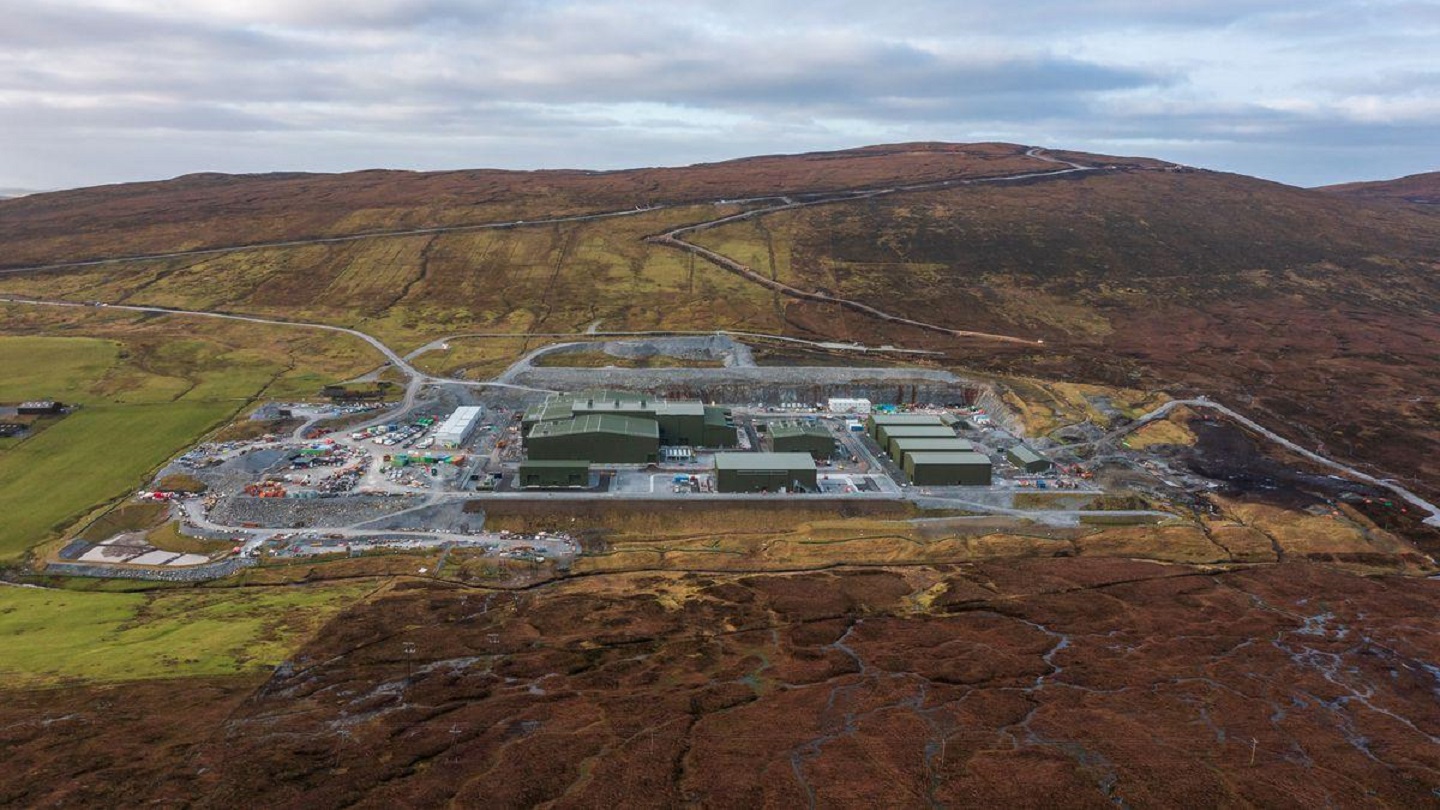
Construction company BAM Nuttall and Hitachi Energy have been chosen to supply two high-voltage direct current (HVDC) converter stations for Eastern Green Link 2 (EGL2), spanning across the UK.
Delivered as a joint venture by SSEN Transmission and National Grid Electricity Transmission, EGL2 is a 525kV, 2GW HVDC subsea transmission cable.
Stretching from Peterhead in Scotland to Drax in England, EGL2 is the longest HVDC cable in the UK, as well as its largest energy transmission project ever, capable of powering two million UK households.
SSEN Transmission’s project director for EGL2 Ricky Saez said: “The converter stations at either end of the cable will play a crucial role in making the power transported subsea suitable for transportation around the onshore transmission network – getting Hitachi Energy and BAM in place to deliver that technology is great for the project.”
BAM will partner with Hitachi Energy to offer engineering and technology for the HVDC converter stations, which will serve as terminals for the cable and convert direct current to alternating current for usage in the onshore transmission network.
Upon final permission from UK’s national energy regulator Ofgem, construction on the project is planned to begin next year and is expected to become operational in 2029.

US Tariffs are shifting - will you react or anticipate?
Don’t let policy changes catch you off guard. Stay proactive with real-time data and expert analysis.
By GlobalDataThe subsea HVDC cable system is approximately 436km long, with new converter stations at either end to link it to the current transmission network.
BAM’s executive director Huw Jones said: “The converter stations will enable the transmission of green energy from areas of offshore wind generation to centres of population, supporting the UK’s net-zero ambitions and providing better energy security.”



